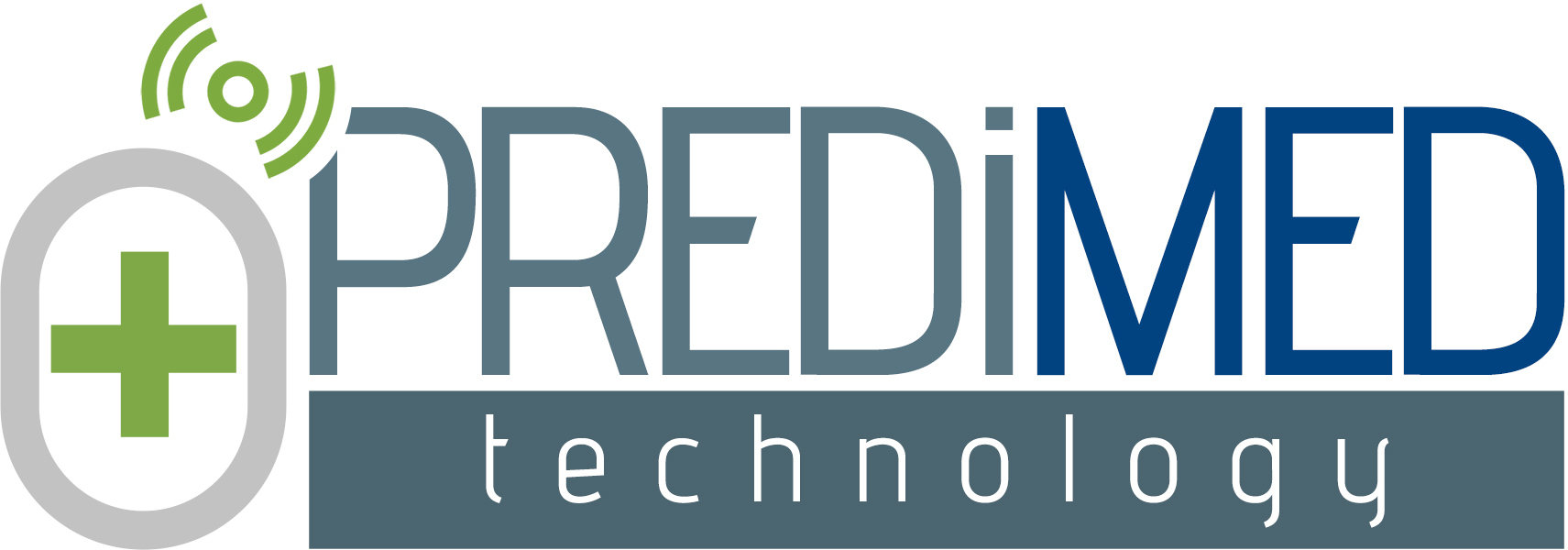Current Researches on Telemonitoring in Patients with Diabetes Mellitus: A Narrative Review
Emmanuel Andrès; Laurent Meyer; Abrar–Ahmad Zulfiqar; Mohamed Hajjam; Samy Talha; Sylvie Ervé; Jawad Hajjam; Jean Doucet; Nathalie Jeandidier; Amir Hajjam El Hassani
Abstract
Since the beginning of the 1990’s, several telemedicine projects and studies focused on diabetes type 1 and type 2 mellitus have been developed. Mainly, these projects and studies show that telemonitoring diabetic result in: improved blood glucose control; a significant reduction in HbA1c; improved patient ownership of the disease; greater patient adherence to therapeutic and hygiene–dietary measures; positive impact on co-morbidities (hypertension, weight, dyslipidemia); improved quality of life for patients; and at least good patient receptivity and accountability. To date, the magnitude of its effects remains debatable, especially with the variation in patients’ characteristics (e.g. background, ability for self–management, medical condition), samples selection and approach for treatment of control groups. Over the last 5 years, numerous telemedicine projects based on connected objects and new information and communication technologies (ICT) (elements defining telemedicine 2.0) have emerged or are still under development. Two examples are the DIABETe and Telesage telemonitoring project which perfectly fits within the telemedicine 2.0 framework, being the firsts to include artificial intelligence with MyPrediTM and DiabeoTM (AI).


